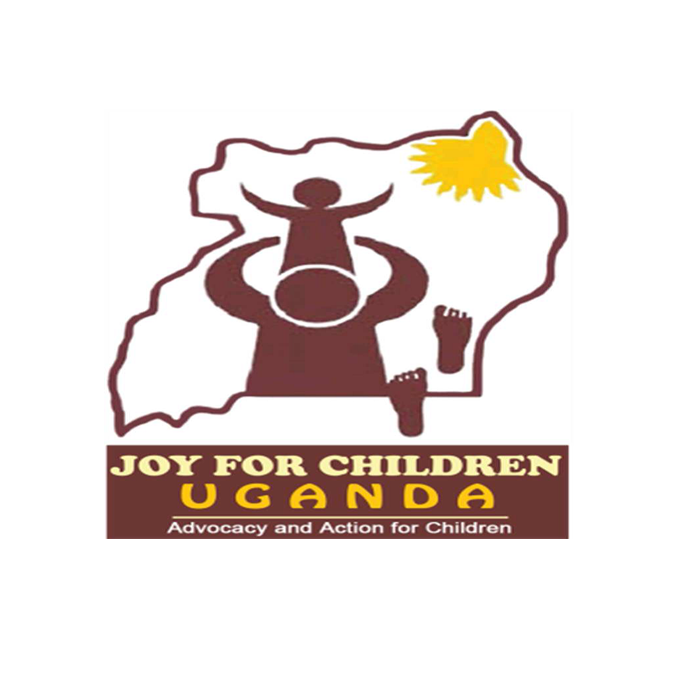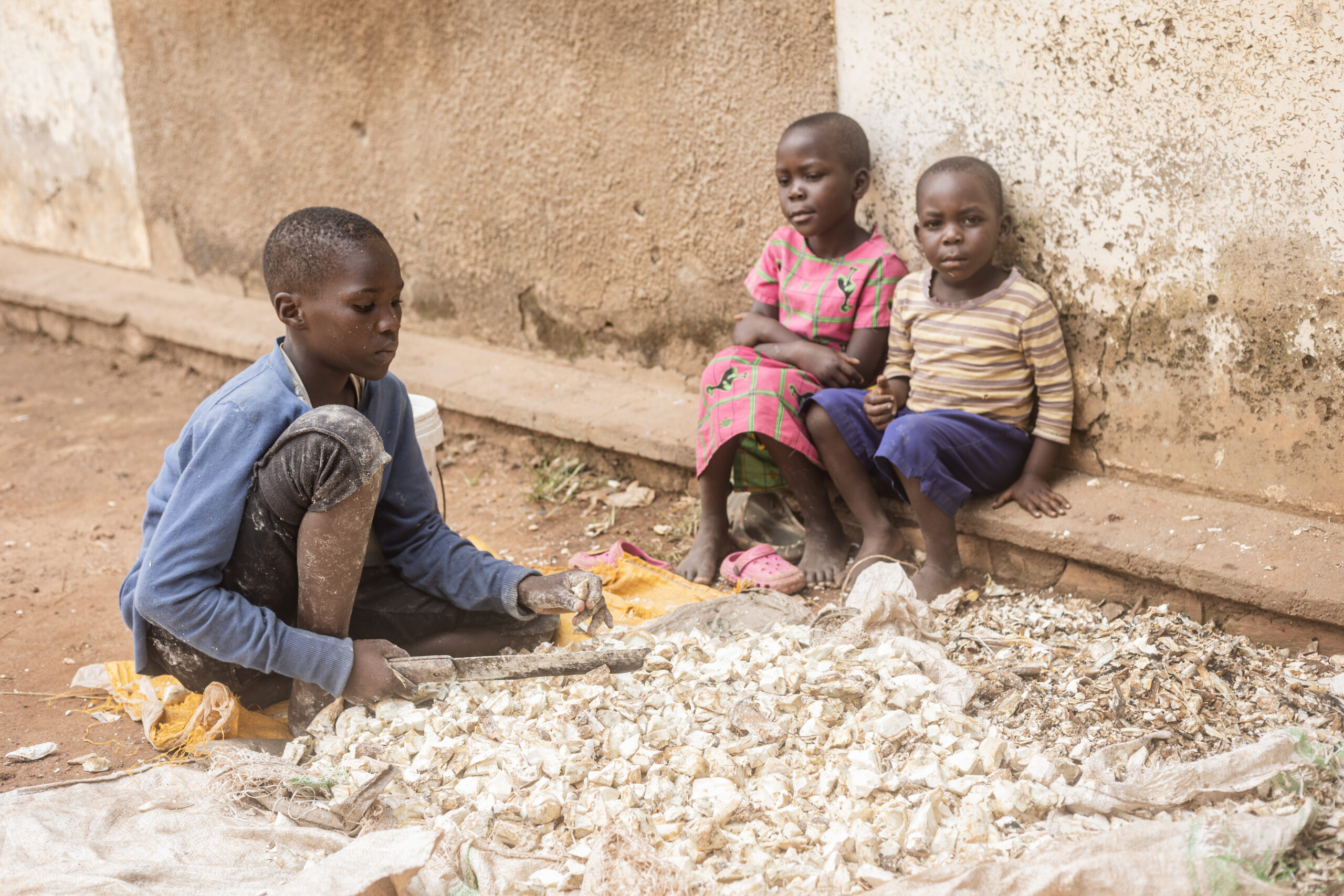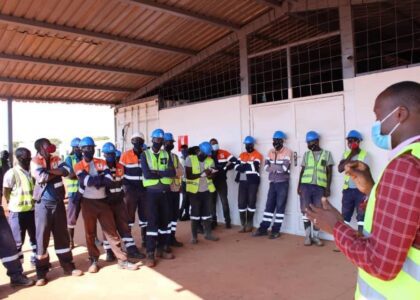In recent years, Uganda has experienced a significant surge in child labor, rising from 14% in 2016/17 to 39.5% equivalent to 6.2 million children in 2021 (UBOS, 2021). This figure excludes children involved in ousehold chores. This increase has occurred despite numerous policy interventions and the implementation of national action plans aimed at eliminating child labour by the Government of Uganda.
The issue is especially prevalent in the agricultural sector, where many very young children are engaged in hazardous and exploitative work. More recently, concerns about child labor in global supply chains have gained prominence in public discourse. Recognizing the limited effectiveness of voluntary guidelines and frameworks, several countries have introduced mandatory due diligence legislation. In response, many multinational corporations have begun integrating corporate sustainability due diligence into their business models to address child labor risks in their supply chains.
The effects of hazardous work on children are very damaging to their physical, psychological and emotional development. Child labour also prevents children from enrolling in school or attending school regularly and hinders them from acquiring basic functional skills thereby limiting their future livelihood opportunities and their ability to transition from school into decent work. Child labor imposes serious consequences that affect not only the children but also the social and economic development of the country. At the household level, child labour increases the depth of child poverty and household income insecurity. This in turn affects the long-term national economic and social development goals of sustainable employment, productivity and decent work for adults by creating cycles of intergenerational poverty.
The factors that contribute to the increasing prevalence of child labour include high levels of poverty, Poverty and child labour are inextricably linked and poses the greatest challenge to many countries. The degree of poverty compels households and communities to use children for labor. Children out of necessity have to work to supplement family incomes and support themselves in school.
Uganda has the highest school dropout rate, approximately 28% of girls in rural areas drop out of school, (UBOS 2021). The contributory factors sighted for the high dropout rate among children include poor or inadequate school facilities, high teacher absenteeism, lack of access to scholastic materials, high cost of school as well as a centralized curriculum which is not responsive to the unique economic activities.
Children who drop out of school before completion of their primary seven have limited opportunities to join tertiary institutions for formal skills development training (BTVET). Lack of skills for gainful employment and livelihoods exposes these categories of young people to risks and vulnerability that drives them into child labor.
The scourge of HIV and AIDS contributes to the vicious cycle of child labor by exacerbating the poverty levels of households and adding to the supply of child laborers in the labor market. A higher burden is placed on girls who often have to provide care and household services to the family when a parent becomes ill or dies and also work outside the home to meet the additional expenses. 1.4 million people are currently living with HIV in Uganda. Of all new HIV infections, 29% were among adolescent girls and young women, despite this group only representing 10% of its population (Uganda AIDS Commission, 2021). HIV and AIDS associated illnesses often increase family health care expenses, indebtedness and inhibit the ability to earn an income. In households where one or both parents are terminally ill or have died of AIDS, there is no source of income or money to pay for school fees and other related expenses.
Vulnerability of Children in Uganda is also linked to the multiple vulnerabilities and the inadequacy of social protection mechanisms to reach and support them. According to the UNHS, 2009/2010, children constitute 57.4% of the population and they are the most vulnerable group. The OVC Situational Analysis Report (2009/2010) revealed that 51% of all children are vulnerable and out of these, 43% are moderately vulnerable while 8% are critically vulnerable and require external assistance.
All these factors and many others have threatened the livelihood of many households and their dependents hence leading to the increased child Labor. However, the Government of Uganda and civil society are taking serious strides to address the vice. Uganda has put in;
- a place a child helpline to report cases of child abuse including child labor and exploitation,
- national steering committee on the elimination of child labor that coordinates child labor issues and implements the national action plan for elimination of child labor, sets policy priotize and securing resources for child labor programs.
- National action plan for the elimination of child labor (2020/21-2024/25) which aims to focus government efforts on the prevention, protection, rehabilitation and reduction of the risk of child labor with the goal of eliminating all forms of child labor by 2025.
- National Child policy that focuses on four basic children’s rights; survival, development, protection
and participation
Joy for Children Uganda has heavily invested in community engagements to raise awareness of the vice, empowering children with more information to take action against child labor, providing economic empowerment to families through skilling and village saving and loans associations and finally supporting children to go back and stay in school through provision of scholarships, scholastic materials and raise awareness on the importance of keeping children in school.
Policy Recommendations
To effectively address child labor, the following actions are recommended:
1. Strengthen enforcement of child labor laws, especially in rural and informal sectors.
2. Expand social protection programs (e.g., cash transfers) targeting vulnerable households.
3. Integrate livelihood support for families, especially orphans and those affected by HIV/AIDS.
4. Improve school infrastructure, access to quality education, and retention programs.
5. Enhance data collection and monitoring to track child labour trends and inform policy.
6. Foster partnerships among government, CSOs, and private sector to coordinate action.
Call to Action
Child labour is a national crisis that requires urgent, sustained, and collaborative action. Policymakers, donors, community leaders, and civil society must prioritize child protection to secure Uganda’s future and achieve national development goal.






